
Air Force Report : Bosnia-Herzegovina AF&AD
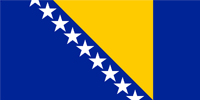
Armed Forces of Bosnia and Herzegovina : Air Forces and Air Defence
Oružane Snage Bosne i Hercegovine : Zračnih Snaga i Protivzračne Odbrane (OSBiH ZSiPZO)
Оружане Снаге Босне и Херцеговине : Баздушних Снага и Противваздушне Одбране (ОСБиХ ВСиПВО)
Oružane Snage Bosne i Hercegovine : Zračnih Snaga i Protuzračne Obrane (OSBiH ZSiPZO)
Report by Claudio Toselli, Niels Hillebrand. Photos by Federico Grattoni, Claudio Toselli, and Achille Vigna.
Armed Forces of Bosnia and Herzegovina
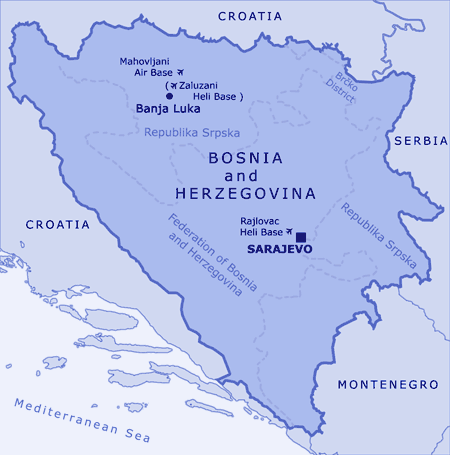
After the 1995 Dayton peace agreement that ended the civil war in Bosnia-Herzegovina which ensued following the disintegration of Yugoslavia, a joint multi-ethnic national government was established and the country was divided by the Inter-Entity Border Line into two separate entities - the (Bosnian-Serb) Republika Srpska and the (Bosniac and Croat) Federation of Bosnia and Herzegovina - and the shared district of Brčko. The two political entities each commanded their separate defence ministries, armies, and air forces which had formed during and after the war.
At the end of 2003, the Bosnia-Herzegovina Parliament accepted the State Defence Law for the establishment of a joint state-level military: the Armed Forces of Bosnia and Herzegovina, Oružane Snage Bosne i Hercegovine (OSBiH, Cyrillic: Оружане Снаге Босне и Херцеговине, ОСБиХ). The Ministry of Defence of Bosnia-Herzegovina, founded in 2004, is responsible for the armed forces of the nation. The OSBiH HQ is located in Sarajevo. The supreme commander of the OSBiH is the current President of the Republic.
In 2005, the Bosnia-Herzegovina Defence Reform Commission agreed to unify the armed forces and completed the unification with reforms introduced on January 1, 2006. Since then the armed forces have been reduced in size and as in most other countries, conscription has been abolished completely, creating a professional army that totals about 10,000 military personnel, 5,000 reservists, and 1,000 civilian employees.
Unified Air Force
The former air arms of the Republika Srpska Air and Air Defence Force (Ratno Vazduhoplovstvo i Protivvazdusna Odbrana Vojske RS) and the Federation BiH Army Air Force ( Zračne Snage Armije Federacije BiH ) were unified into a single aviation department which has one brigade under OSBiH operational command established in September 2007: Air Forces and Air Defence Brigade (AF&AD Brigade), headquartered in Banja Luka.
In addition to defending the nation and taking part in international missions, the OSBiH is committed to training its own rapid reaction forces to be called upon in case of any natural disasters, fires, rescue and recovery missions, and medical evacuation. For this the OSBiH relies in no small part on the helicopters of its Aviation and Air Defence brigade.
1st Helicopter Squadron
The 1st Helicopter Squadron was formed from the RViPOV RS Composite Helicopter Squadron based at Zaluzani helibase near Banja Luka. Its fleet consisted of Gazelle and 'Hip' helicopters dating back to the days of the SFR Yugoslavia. From the 22 Soko-built Aérospatiale SA.341H/SA.342L Gazelle helicopters, six were put into OSBiH service after repairs by Air Service IKAR in 2008. A handful more are awaiting overhaul while the remainder went to the Ministry of Interior and the Department of Civil Aviation. Of the six active Gazelles, three are Soko HN-45M Gama II attack versions (A-2301, A-2302, A-2306) with targeting sights that can be equipped with two Strela-2 air-to-air missiles and four Malyutka anti-tank missiles (NATO AT-3 Sagger), although these manually guided line-of-sight missiles are nowadays considered outdated. The numbering suggests at least three more (A-2303 thru A-2305) attack versions will be restored. The other three are HO-45 versions, the liaison/utility version of the SA.342L with 900hp engine (A-2802, A-2803, A-2804). One older SA.341H HO-42 with 600hp engine (A-2801) is also available.
Additionally, the 1st Helicopter squadron operates two Mi-8T 'Hip-C' transport helicopters (A-2601, A-2602) which were returned to service after overhaul in the Ukraine. The RViPOV RS had eleven Mi-8T helicopters, but most were already retired from service. It remains to be seen if more can be returned to service as Yugoslavia's Mi-8T fleet was produced between 1968 and 1981. The two active Mi-8T provide transport, medevac, but most importantly serve in the fire-fighting role equipped with the PPV-2000 water bucket.
In the Republika Srpska there are two major bases near Banja Luka: Zaluzani helibase and Mahovljani airbase. For budgetary reasons and reduction of the number of facilities to fit the smaller force, the helibase at Zaluzani was being abandoned during our visit in May 2011, with the 1st Helicopter Squadron moving to Mahovljani. The non-airworthy Gazelles were being transported by truck to Mahovljani, because IKAR's helicopter maintenance center at Zaluzani also closed to merge with its facility at Mahovljani. The final Mi-8s were towed to their new home in July 2011. Zaluzani will remain a military base, but without any helicopters permanently based there.
Mahovljani airbase shares its runway with the co-located Banja Luka International Airport and is located near the town of Laktaši some 20 km from Banja Luka. The airport used to be one of the jet bases of the SFR Yugoslav Air Force. The Oraos and Jastrebs of the 238th lbae which had been based at Cerklje in Slovenia were relocated to Mahovljani at the start of the Yugoslav civil war. The surviving jet aircraft remained there when Yugoslavia dissolved and became the backbone of the RViPOV RS. Followin the peace agreement, the RViPOV RS still had 17 combat aircraft, however aircraft serviceability and pilot flying hours were lacking.
After unification RViPOV RS leaders proposed to at least retain a limited QRA capability using several Jastrebs, which are cheap to operate and able to intercept slow movers. But lack of funds meant the end of the jet era for now. The aircraft were offered for sale with six of the seven Oraos offered to Serbia, which still operates the type but most Serbian airframes are reaching the end of their service life. Today, the hardened aircraft shelters at Mahovljani still house the single G-4 Super Galeb (N-62) combat trainer, at least one remaining J-22 Orao attack aircraft, and some J-1 (J-21/IJ-21) Jastreb light attack/reconnaissance jets, including one TJ-1 (NJ-21) two-seater Jastreb. These aircraft were once built in Bosnia-Herzegovina by Soko Industries at its Mostar facilities, and will hopefully be preserved at Mahovljani.
2nd Helicopter Squadron
The 2nd Helicopter Squadron is based at Rajlovac helibase near Sarajevo and is equipped with UH-1 'Huey' and 'Hip-H' helicopters. By the time of the unification, the Federation Air Force had already retired its older Mi-8T and was left with four Mi-8MTV-1 'Hip-H' and one civil-version Mi-17 needing overhaul. The Mi-17 and two of the Mi-8MTV-1 (A-2604, A-2605) were returned to service after overhaul in the Ukraine. The Mi-17 (A-2603) is used in the VIP role and has the Bosnian flag paintwork. The Mi-8MTV-1 helicopters are used for transport, medevac, casevac, and SAR roles. Equipped with more powerful engines than the Mi-8T, the Mi-8MTV-1 can use the 2,250 liters Soko Flosy 2600 water bucket for the firefighting role.
Unfortunately one Mi-8MTV-1 (believed to be A-2605) crashed while delivering relief supplies to the snow-affected village of Bukvica, near Kalinovik on 10 February 2012. None of the 11 passengers and crew on board were injured, but the helicopter was damaged beyond repair. The fleet of Mi-8/17 helicopters is now temporarily grounded, pending formal investigation into the cause of the accident.
Besides the Mi-8/17 helicopters, the 2nd Helicopter Squadron flies ex-U.S. Army Bell UH-1H Iroquois utility helicopters, 15 of which were donated to the Federation of BiH after the civil war under the 'Equip and Train' programme. They can be called upon to serve in the transport, SAR, Medevac, Casevac roles and are used for training. It is understood four or five are used in active service while up to eight are kept in reserve and still have to receive their new serial. It remains to be seen how many of the ageing Hueys will be taken on by the OSBiH as these aircraft are more than 40 years old. Among the Hueys is also the sole Mi-34 'Hermit' still awaiting its fate, the aircraft was acquired from Russia for training but was soon grounded and has not flown since.
Future
The air component of OSBiH is under renovation and modernization as Bosnia-Herzegovina edges closer towards NATO membership. Although this has resulted in the end of flying jets, the helicopter fleet is slowly but surely getting the funds for repairs. At Rajlovac another Mi-8MTV-1 was in the process of being stripped down at the time of our visit and may also be send to the Ukraine when funds are available, and may replace the lost example. The relocation of the non-flying Gazelles and Mi-8T helicopters to Mahovljani suggests they will not be abandoned just yet, although most will probably be a source of spares. Plans are now being drawn up to acquire new aircraft when the financial resources are there, including a modern transport aircraft such as the CN-235. However, lack of funds makes it unlikely that the OSBiH will operate any fighters.
For their collaboration and hospitality during our visit in May 2011, the authors and photographers would like to express their thanks to the personnel of the OSBiH ZSiPZO.
Further reading: Brochure Ministry of Defence and Armed Forces of Bosnia-Herzegovina (English version)
Report by Claudio Toselli, Niels Hillebrand
Images by Claudio Toselli, Federico Grattoni and Achille Vigna
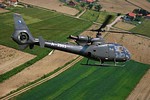
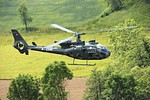
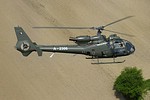
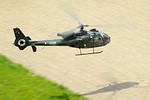
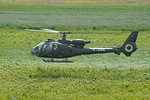
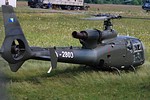
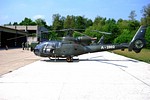
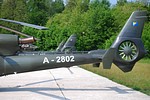
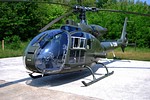
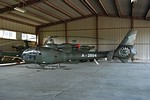
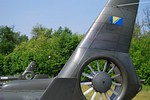
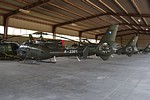
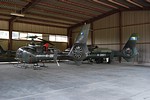
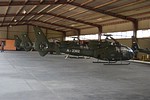
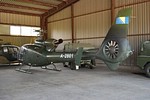
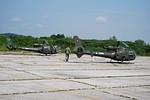
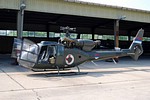
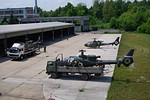
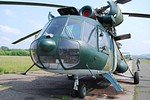
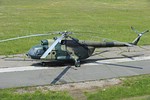
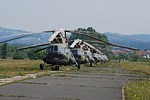
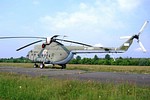
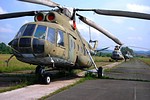
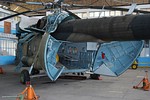
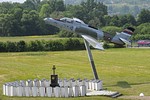
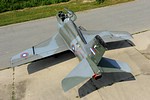
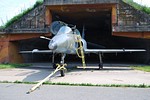
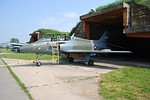
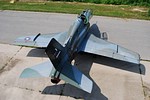
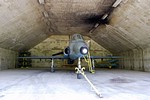
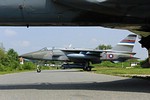
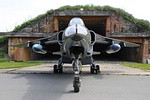
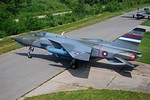
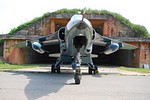
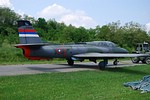
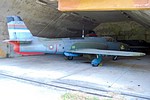
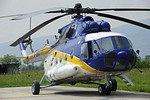
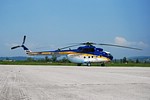
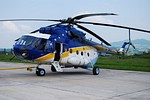
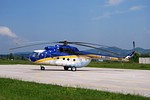
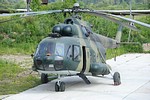
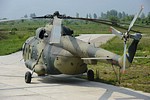
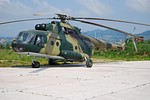
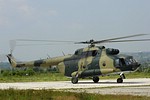
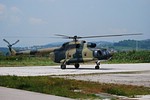
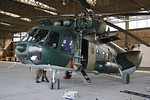
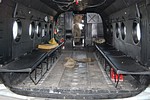
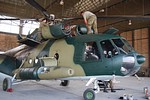
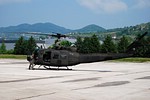
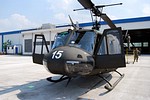
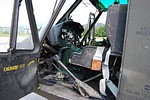
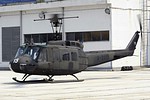
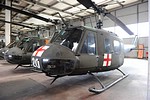
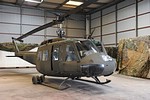
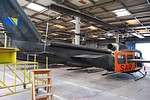
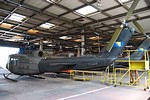
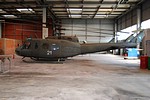
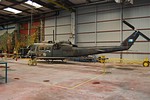
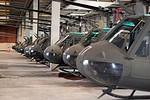
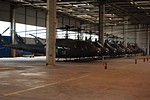
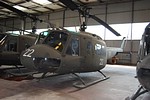
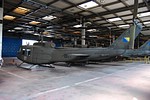
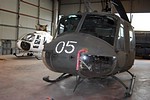
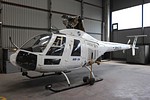
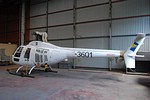
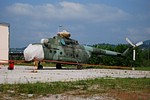
 Back to Index
Back to Index